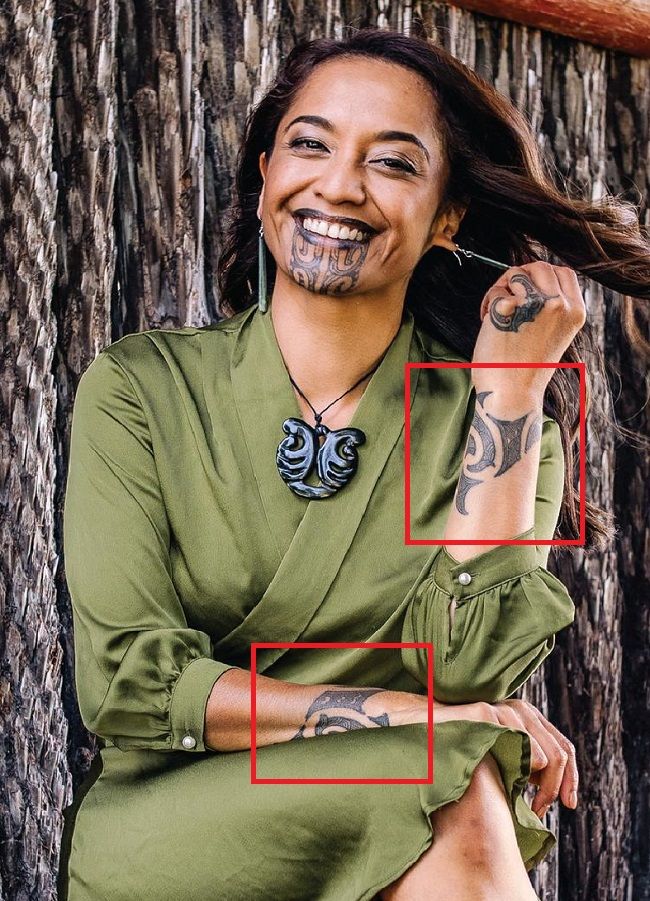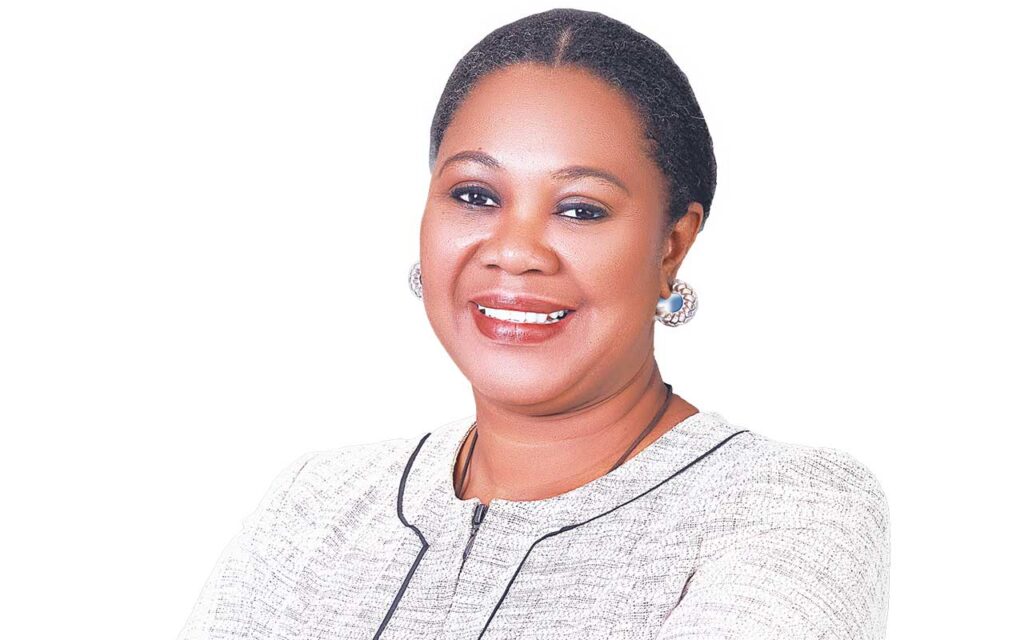
The world is changing, and it seems that in every split second, humanity reinvents itself. Despite this current tide of changes, we still deeply draw inspiration from the past.
The tattoo culture has existed for centuries in Africa with enormous significance. Tattoos for many Africans are epidermal alterations that act as signifiers of tribal affiliations. They are believed to protect and ward off ominous vibes, are a reflection of status. As markers, they were used during the slave trade era as a signal to other slaves to enable them to locate themselves in a foreign land.
The wide assortment of meanings of tattoos, also known as tats, range from curing disease, showing connection to a group, protection against evil spirits, social status, plus more evolving perceptions.
Ethnographic and archaeological findings suggest that tattooing has been practised by just about every human culture in historic times, with a peculiarity in some parts.
The ancient Greeks used tattoos from the 5th century as a form of communication among spies.
In Egypt, they were given tribal and religious value. While approaching the peak of ancient Egypt’s civilization, plain inks tattoos were imprinted on mummified corpses. On the body of the female mummies, the markings are dated circa 2000 BCE, and their male counterparts were traced to around 1300 BCE. Egyptologists have related these body markings on the females to be a representation of rejuvenation and fertility because they were seen around their abdomen and pelvic region while the male body markings stand for Neith, the goddess of war and weaving.
In the history of Africa, scarification involves tribal body modification, which involves the skin being deeply cut to cause visible, permanent scarring. This type is prevalent in the sub-Saharan part of Africa. However, in places of North Africa like Morocco, Algeria, Libya, and Egypt, tribal tattoo culture is a common culture. Interestingly, as a Muslim-dominated society, they regard it as disrespectful and “unholy”- a view that is not different from that of the Christian belief.
In December 2021, a New Zealander journalist, Oriini Kaipara, made history by going on Primetime TV carrying her visible facial tattoo “moko kauae” as it is called for women and “mataora” for men. This act sparked differing sentiments on whether it is appropriate to have tattoos on display at work settings.

However, if you delve deeper, it was done out of a conscious movement to inspire people of the Māori tribe to take back their language and heritage. Kaipara says her main goal is to encourage people to speak the language that was “beaten out of my grandmother’s generation.” To stress on the significance of her actions, Kaipara hints that “we still haven’t addressed a lot of intergenerational traumas and colonization and for Maori, that’s very, very pertinent and poignant as well, not much in terms of race relations here has changed in a very long time.”
Among the youth, it appears to be a spontaneous “out of fun” prompt for many, and for some, the idea that it is a bodywork of art is thrilling.
Although it might be a trend, there is that cultural consciousness to pave a way for black inclusion and communicate the black culture through symbols of markings done on the body. An American tattooist in Brooklyn, Doreen Garner says “there’s always a void, there’s no black presence, there’s no imagery even acknowledging blackness as a contribution to American life… .” This implies that for tattooists like Garner, it is not just the art but the promotion of culture through art.
In the cacophony of trends, let us not forget that #wokeness is not preservation.












